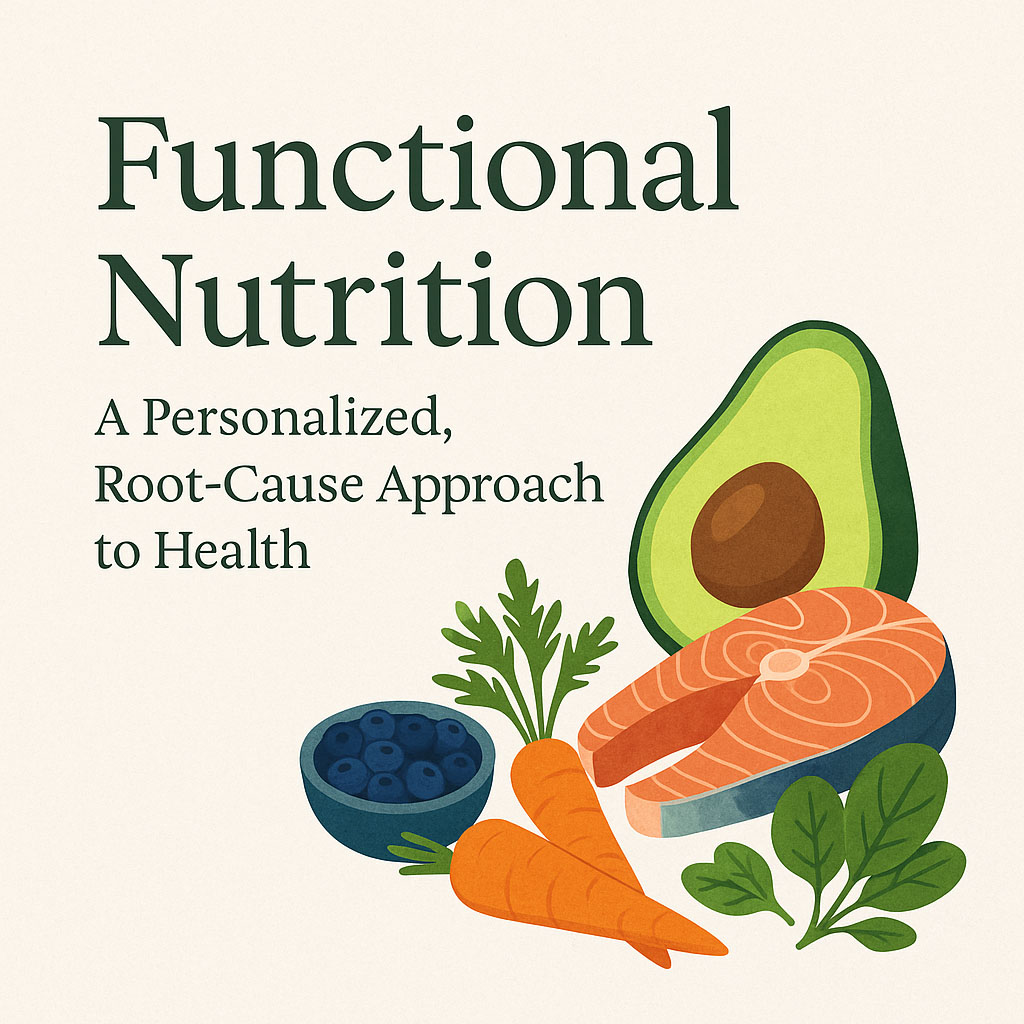Introduction
Echinacea, a well-known herbal remedy, has long been valued for its immune-supporting properties. With increasing concerns over antibiotic resistance and the impact of antibiotics on gut health, natural alternatives like Echinacea are gaining attention. This blog post will explore the origins of Echinacea, its health benefits, particularly in respiratory tract infections (RTIs), and how it may help reduce the need for antibiotics, backed by the ERA-PRIMA study.
The Origins of Echinacea: A Traditional Healer
Echinacea, commonly known as the purple coneflower, is a genus of flowering plants native to North America, particularly thriving in the central and eastern regions of the continent. Historically, indigenous tribes such as the Cheyenne, Lakota, and Pawnee utilized Echinacea for its medicinal properties, applying it to wounds, snake bites, infections, and various ailments.
There are several species of Echinacea, but three are most commonly used for their medicinal benefits:
- Echinacea purpurea – The most studied species, widely used in herbal medicine.
- Echinacea angustifolia – Known for its potent immune-boosting effects.
- Echinacea pallida – Less common but still used in traditional remedies.
The active compounds in Echinacea, including alkamides, phenolic acids, and polysaccharides, contribute to its anti-inflammatory, antiviral, and immune-modulating properties.
Echinacea and Respiratory Tract Infections (RTIs)
RTIs, including the common cold, flu, and bronchitis, are among the most frequent health issues worldwide, leading to significant healthcare burdens. Traditional treatments often involve symptom management, with antibiotics prescribed in bacterial infections or complications. However, antibiotic overuse presents significant risks.
How Echinacea Supports the Immune System
Echinacea is believed to work by:
- Enhancing immune response: It stimulates white blood cell production, helping the body fight off infections more effectively.
- Reducing inflammation: Its active compounds help modulate the inflammatory response, which can ease symptoms such as sore throat and congestion.
- Acting as an antiviral agent: Some studies suggest that Echinacea inhibits viral replication, potentially shortening the duration of colds and flu.
The ERA-PRIMA Study: Echinacea’s Role in Reducing Antibiotic Use
A key study highlighting Echinacea’s benefits is the ERA-PRIMA study, a comprehensive meta-analysis investigating whether Echinacea could reduce the need for antibiotics by preventing RTIs and their complications. Key findings include:
- A 40% reduction in the risk of recurrent infections.
- A 56% decrease in RTI complications.
- A 70% reduction in total antibiotic therapy days among participants using Echinacea.
These findings underscore Echinacea’s potential as a preventive measure, helping to lower the dependency on antibiotics and, in turn, reducing associated health risks.
The Drawbacks of Antibiotic Overuse
While antibiotics are essential for treating bacterial infections, their overuse poses several risks:
1. Disruption of Gut Microbiota
Antibiotics do not differentiate between harmful and beneficial bacteria. As a result, prolonged use can:
- Reduce microbial diversity in the gut.
- Increase susceptibility to digestive issues, such as bloating and diarrhea.
- Weaken the immune system since gut health is closely linked to immune function.
2. Antibiotic Resistance
One of the most pressing global health concerns is the rise of antibiotic-resistant bacteria. The overuse of antibiotics contributes to this problem by allowing bacteria to evolve and become less responsive to treatments. This can lead to:
- More severe and prolonged infections.
- Increased healthcare costs and hospitalizations.
- Limited treatment options for bacterial infections in the future.
How to Incorporate Echinacea for Maximum Benefit
To harness the full potential of Echinacea, consider the following:
1. Choosing the Right Supplement
- Look for products containing Echinacea purpurea for the most well-documented benefits.
- Opt for standardized extracts with a high concentration of active compounds.
- Ensure the product is free from additives and fillers.
2. Proper Dosage and Timing
- For prevention, a lower daily dose (300–500 mg) may be effective.
- During infection onset, higher doses (1,000–2,000 mg) can help reduce symptom severity and duration.
- Always follow the manufacturer’s guidelines or consult a healthcare provider for personalized recommendations.
3. Combining with Other Immune-Boosting Strategies
Echinacea works best when combined with other healthy practices, such as:
- A nutrient-dense diet rich in vitamin C, zinc, and antioxidants.
- Adequate sleep to support immune recovery.
- Regular exercise to enhance circulation and immune response.
Conclusion: A Natural Approach to Immune Health
Echinacea offers a promising natural alternative for preventing and managing respiratory tract infections. With evidence from the ERA-PRIMA study, its ability to reduce RTI frequency and complications while lowering antibiotic dependency makes it a valuable tool in holistic healthcare.
By incorporating Echinacea into daily wellness routines, individuals can support their immune health, reduce unnecessary antibiotic use, and contribute to the global effort against antibiotic resistance. While it is not a replacement for medical treatment, it serves as an excellent complement to a balanced and proactive health approach.
For those looking to explore Echinacea’s benefits, consulting with a qualified healthcare provider can help determine the best approach for individual needs.


